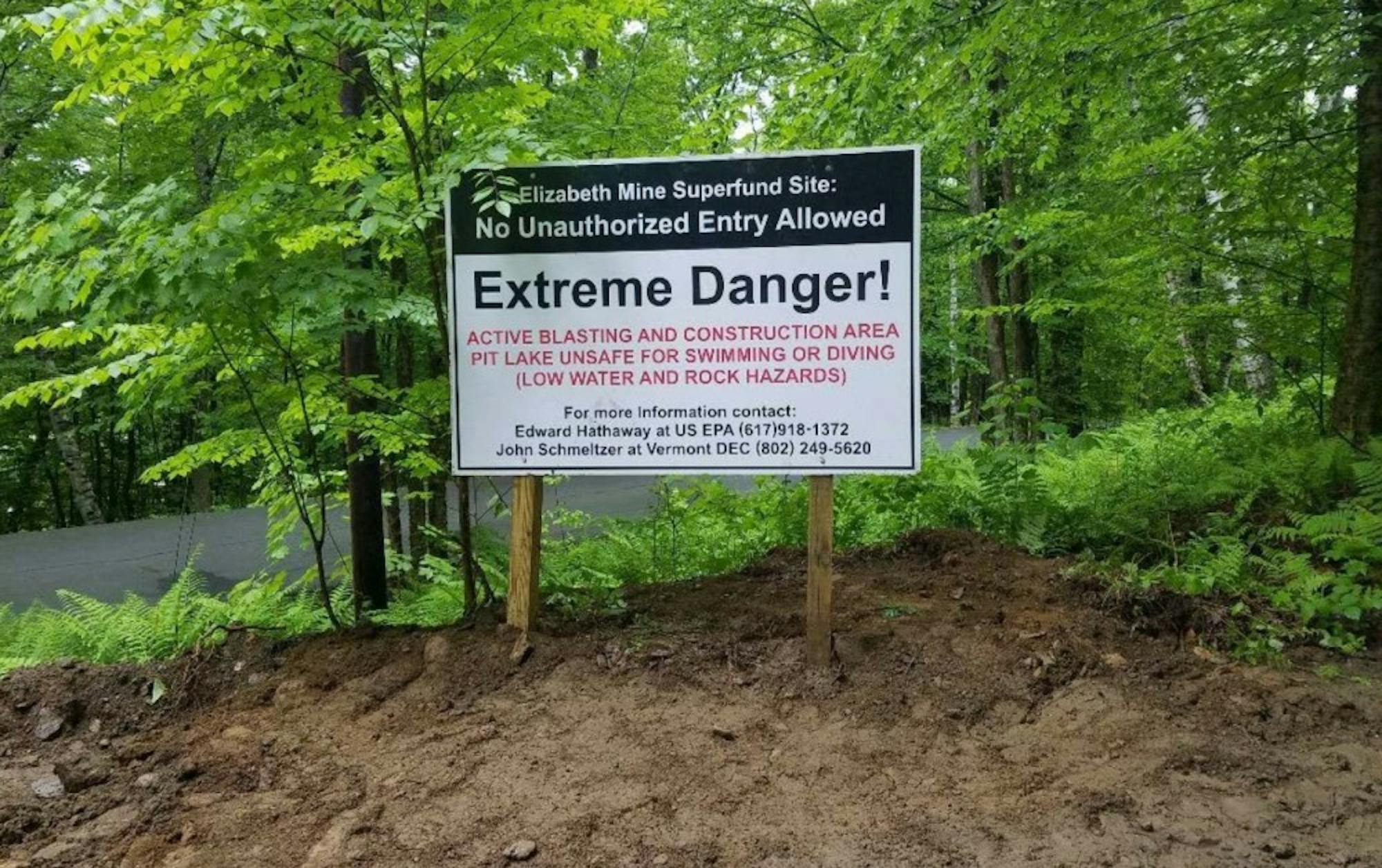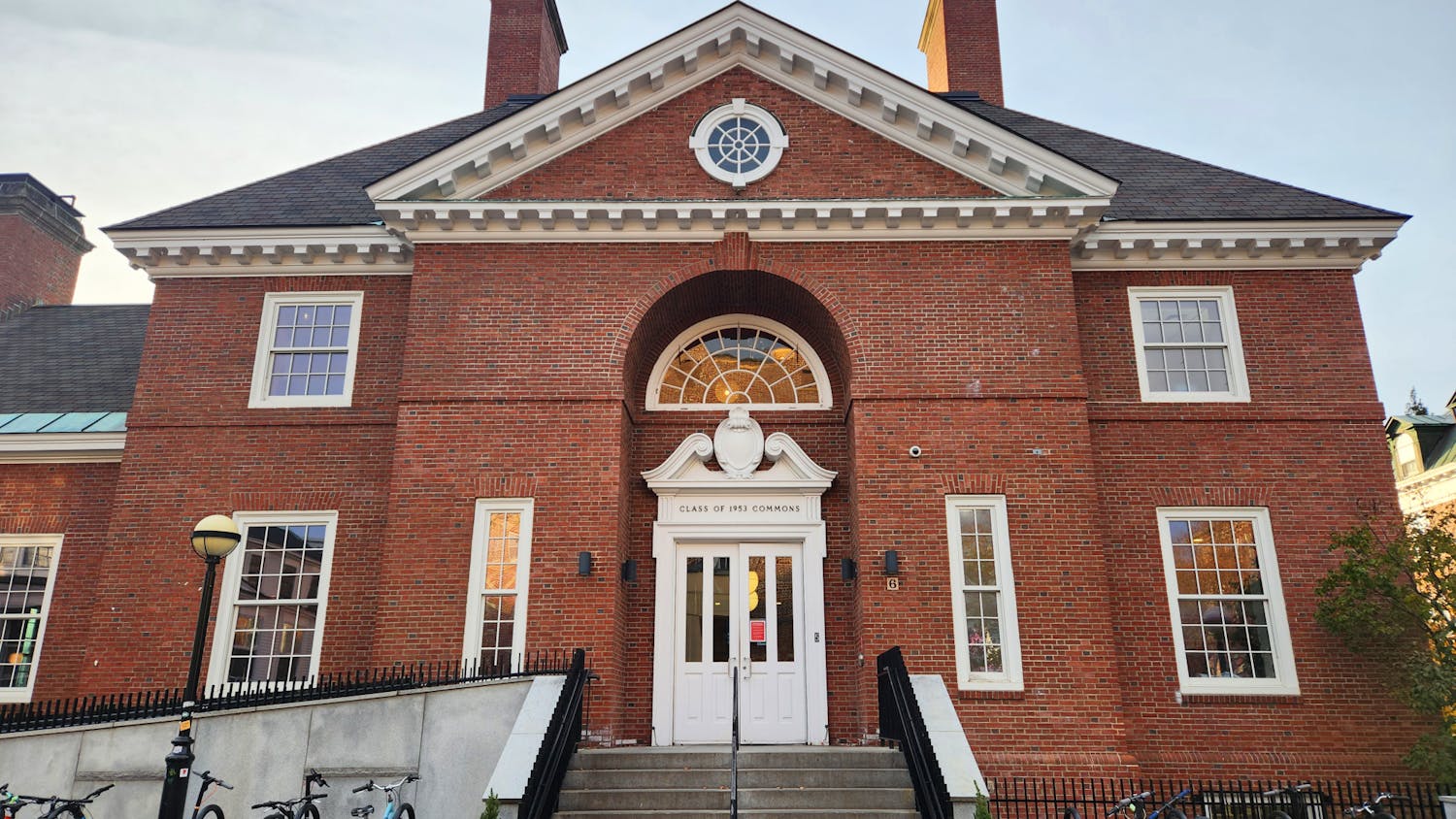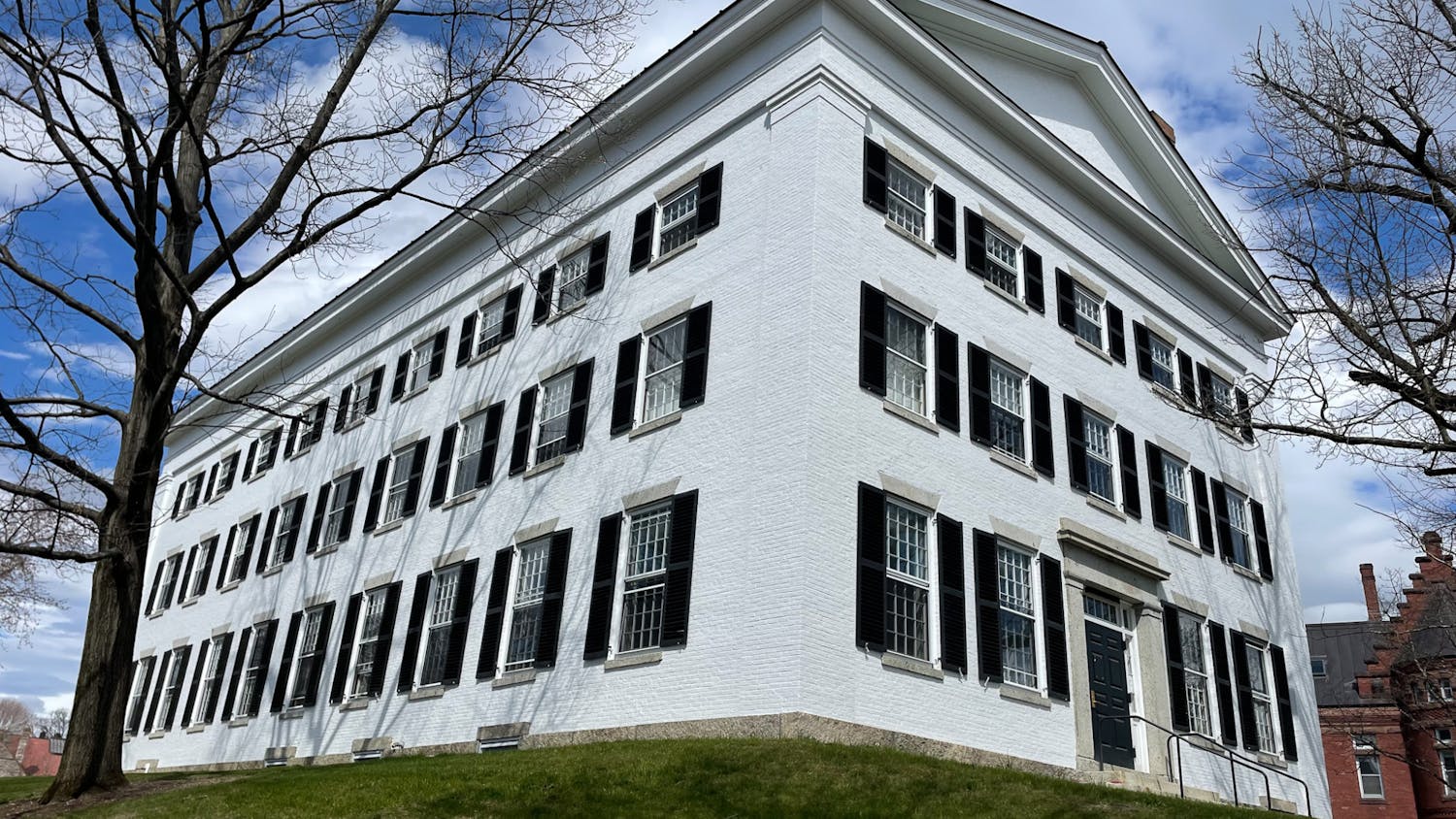The Elizabeth Mine, an inactive copper mine in South Strafford illegally frequented by Dartmouth students for swimming and cliff-diving, is now undergoing blasting and draining.
The mines were named an Environmental Protection Agency Superfund site in 2001, according to site project manager Ed Hathaway. This label, usually granted to areas which both pose a risk to nearby human and wildlife populations and are also too costly for local parties to clean, makes a site eligible for federal funding, Hathaway explained.
The Elizabeth Mine is part of a larger series of three mines along the Orange County copper belt. The other two mines — Ely Mine and Pike Hill Mine — are also under investigation by the EPA, but because the Elizabeth Mine is the largest and most well-known location, it is the agency’s top priority, Hathaway said.
The danger posed by the mine is two-fold.
“The primary threat is to the aquatic environment,” Hathaway said, explaining that the “leaching acid and ... copper” can be highly damaging to nearby streams and wildlife.
The water, though toxic to wildlife, is not harmful to humans who have been briefly exposed, Hathaway said. Rather, when it comes to students and other thrill-seekers, the main safety threat is the relative instability of the rock structures surrounding what EPA officials call the “south open cut.”
“We had locations there where people have gone in and [walked around] and then come back, and then there’s 40 feet of rock [sliding] off the side of a cliff, burying the location,” he said.
This problem has been exacerbated by blasting at the site, which was contracted out to Maine Drilling and Blasting.
“They drill holes and they fill them with blasting powder and they blast the rock,” Hathaway explained.
According to Hathaway, though the EPA has actively discouraged visits to the site since it was named a priority in 2001, trespassing continues to be a problem.
“We currently have a sheriff there staked out on a regular basis because [now that] we have drained it ... if anyone jumps off the cliff, they will be fatally injured,” Hathaway said. “There are only a few feet of water in the bottom of [the lake] right now.”
Though the Elizabeth Mine’s lake is no longer accessible, there are still other swimming locations for Dartmouth students and Upper Valley residents to visit during the hot summer months.
“There are plenty of other places to swim that are wonderful, beautiful [and] safer,” assistant director of outdoor programs Rory Gawler ’05 said.
Specifically, Gawler recommended the Connecticut River swim dock in Hanover, which is staffed with lifeguards. For students with access to a car, Gawler recommended swimming in parts of the White River near West Hartford where there are a few “rocky outcrops.” He also pointed to the Baker River, Mink Brook and Franconia Falls, where there are “natural water [slides].”
“There is no reason to go [swim] somewhere that has safety hazards,” Gawler said.
Correction appended (July 7, 2018): This article has been updated to clarify a quote by Gawler and to make clear that copper is not a white metal.




